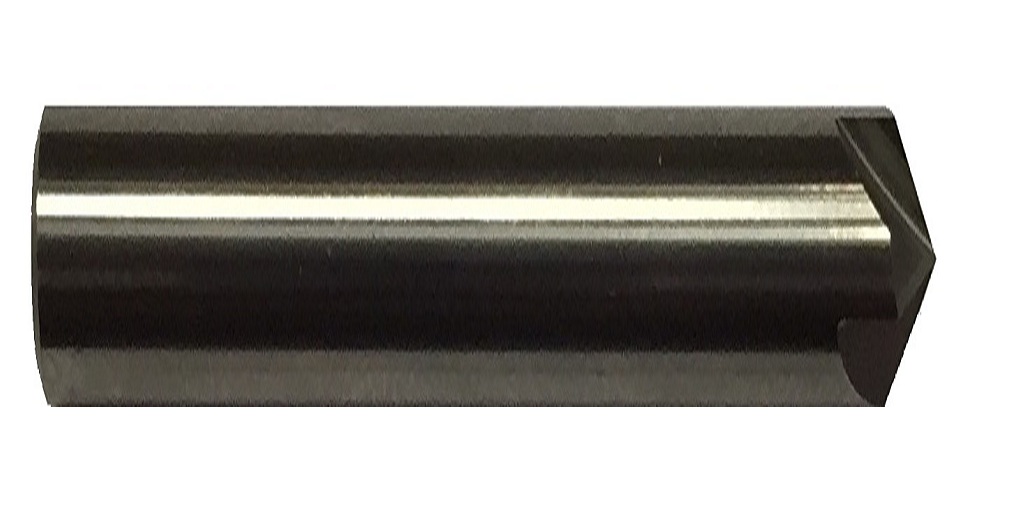Whether you´re running a big-scale machining operation, or a small CNC shop in your garage, you need to work with the right tools. When giving hardwood, aluminum or steel a finishing touch, I´ve found that many still prefer high-speed steel as their preferred bit composition. Nothing wrong with that. HSS tools have been a staple in the industry given its abundance and affordability. However, in terms of tool life and end results, carbide chamfer mills offer a lot more bang for the buck. And we´re not talking about the cost of constant bit replacement, which can be hefty in the long run, but the time it takes to replace bits as they wear out.
The main problem with high-speed steel tools is that they heat up real fast, and you have to baby your machine real good if you want to increase the lifespan of your bits. If your work demands a lot of deburring and finishing, you will go through a lot of HSS chamfer mills real fast. Moreover, high-speed steel tends to chatter and bounce as it heats up, making it really hard to stay true to the print you´re working on. HSS is an outdated material if you ask me.
Carbide chamfer mills are the best tools for the job nowadays. They offer better temperature refraction, allowing us to machine parts for longer periods without any chatter or bouncing. They also go easier on the grain when working with hardwoods, making it possible to get a smooth finish from the get go.
What gives carbide its sharpness and resistance is the chemistry behind it. Instead of relying on metal provide its cutting power, carbide tools are made up of extremely hard carbide ceramic. This powdered ceramic is mixed with a binding metal, creating tools that have the strength of carbide and the flexibility and impact resistance of metal. And, as mentioned, carbide has better refractory properties that allow it to withstand higher temperatures without compromising the tool structure.
I have found that cutting speeds of carbide chamfer mills can get four to seven times faster than HSS, and it also lasts a lot longer, ranging from five to eighty times longer lifespans. That means going through a lot of material faster without fear of chipping your bit. The edge retention on carbide is amazing, especially because they do not rely on heat tempering to maintain their edges.
The sharper edges also allow for a neater finish, saving time virtually eliminating the need to buffer out imperfections after machining your parts. I find most pieces are ready for service right after chamfering with carbide bits. Floors and edges all end up with a nice polished finish.
Should you completely switch from HSS to Carbide?
There are arguments for and against having only carbide tools for your milling machine. There are still many uses for high-speed steel tools. The best bet is to have carbide tools as your workhorses and use steel tools for occasional odd jobs. We still have many drill bits made of HSS that are used for very specific tasks. But if your workload requires you to increase feed speed and work without missing a beat, you should consider carbide tools. I recommend you visit Online Carbide’s store and check out their carbide chamfer mill selection. They manufacture and process every one of their cutters right here in the U.S., and offer a wide range of options for your milling machine. Visit their website at www.onlinecarbide.com or contact them at [email protected].



